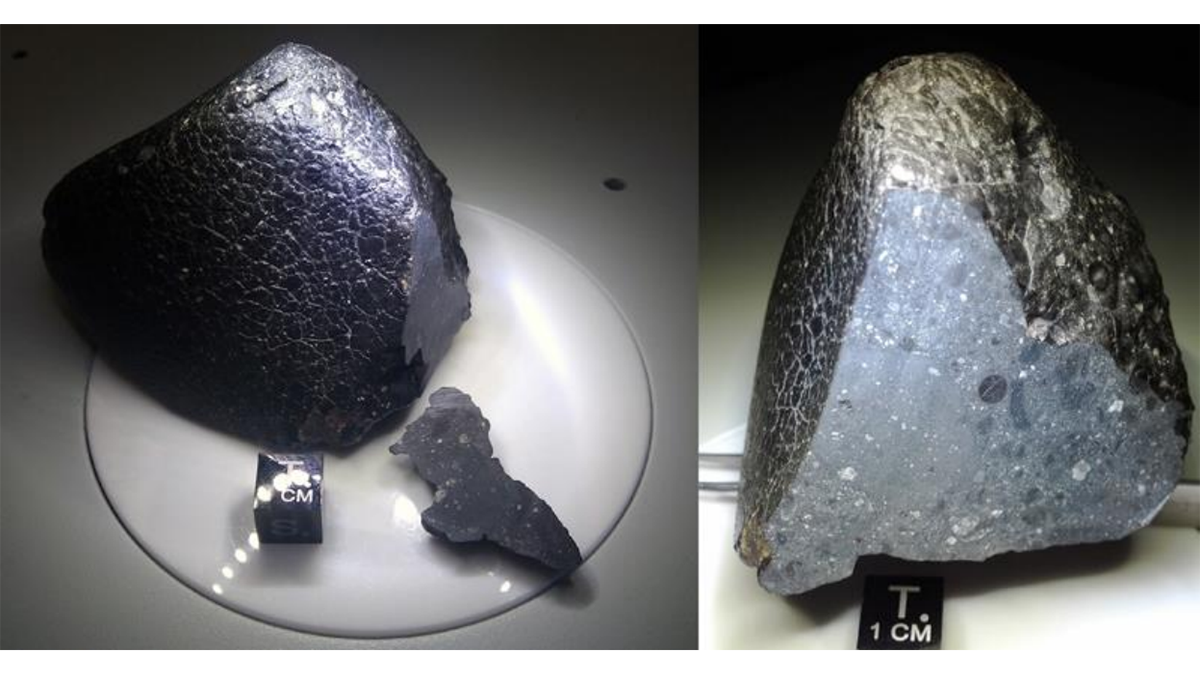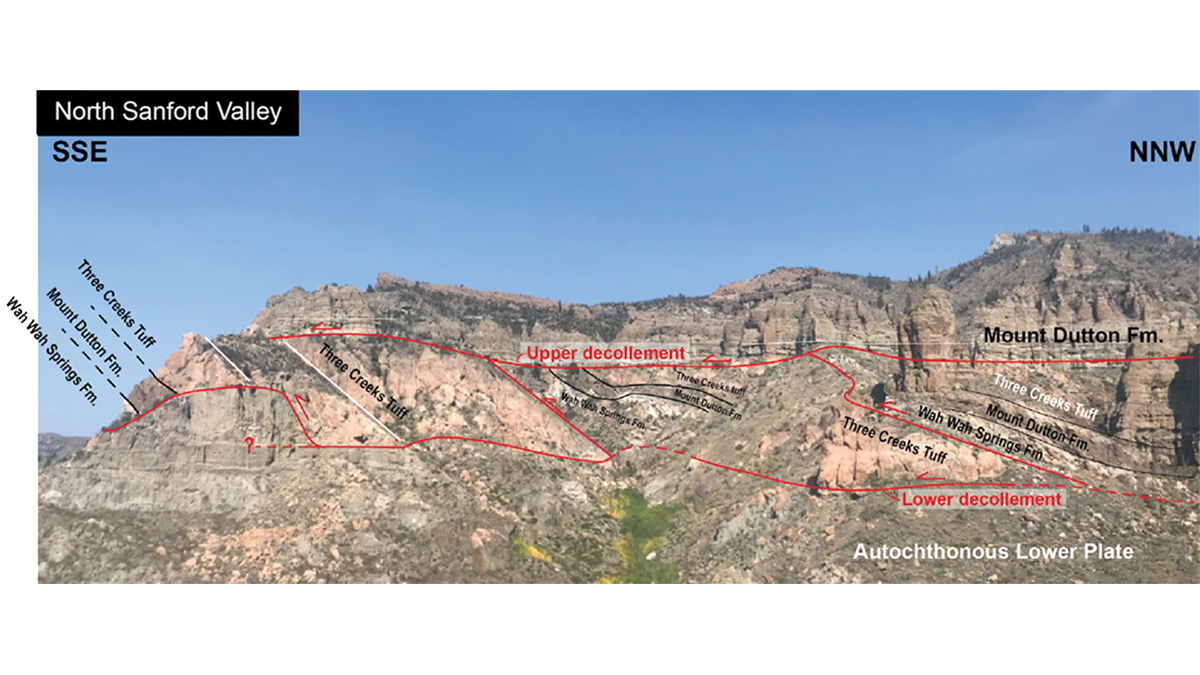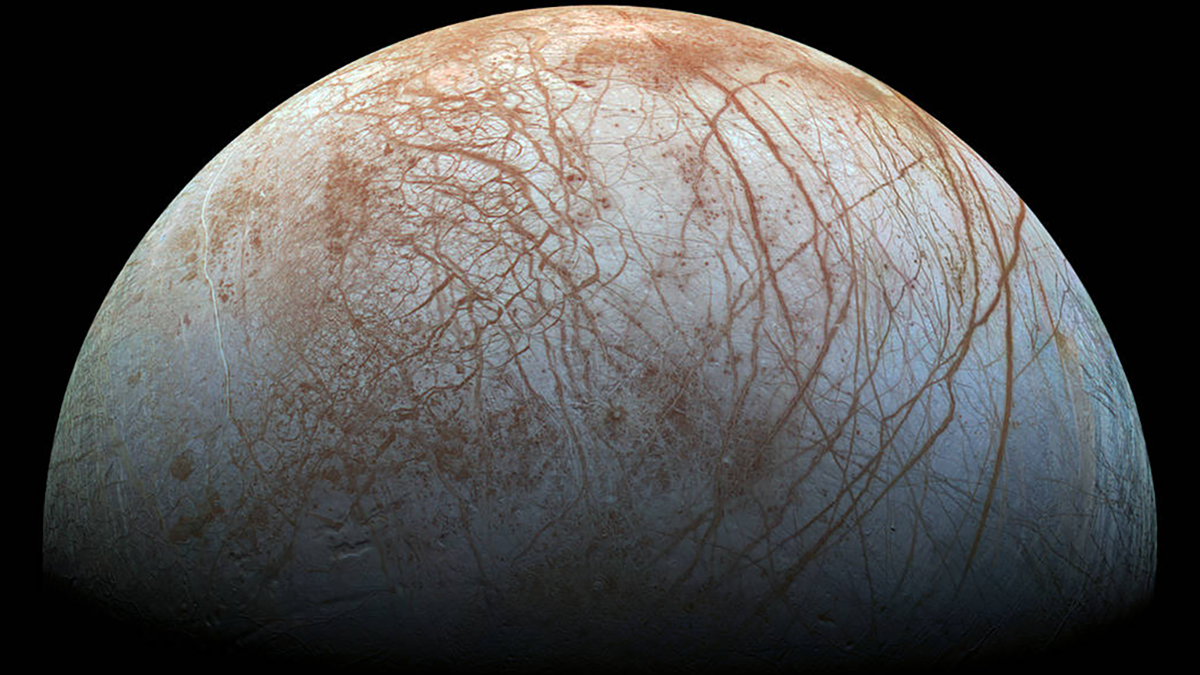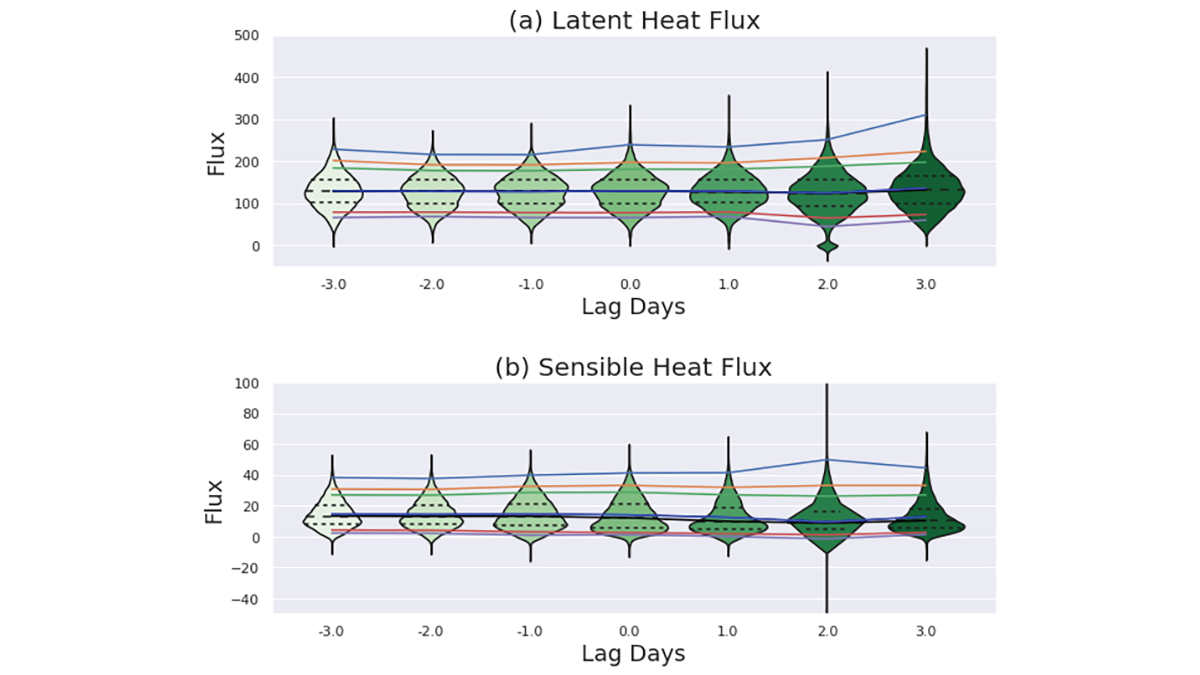The InSight Lander, on Mars, intentionally dumped sand over its seismic instrument’s tether and the wind sorted the particles by size as it blew them away.
Editors’ Highlights
Hand Magnets Destroy the Magnetic Record of Meteorites
Meteorite collectors often use strong magnets for classification, but this approach destroys crucial evidence of processes active in the early solar system.
A New Look at the Changing Water Cycle Over Land
Whether warming increases or decreases, rain over land depends on the relationship of soil moisture, evaporation, and aridity which shape rain regimes.
A Giant Rockslide on a Bed of Steam
Detailed observations of the giant Sevier gravity slide in Utah show that the exceedingly low basal friction required for its rapid emplacement was developed by trapped thermally pressurized fluids.
Rotation of Europa’s Icy Shell Driven by Deep Ocean Currents
A model using currents in the deep ocean to drive rotation of Europa’s ice shell from below can explain why its surface may drift despite being tidally locked.
New Theory Explains Radiative Cooling of the Lower Atmosphere
The shape of radiative cooling in lower atmosphere is controlled by the lapse rate in the water vapor path according to a new theory and observations from subsidence regimes in the tropical Atlantic.
Applying Algal Geometry to Past and Future Environments
Math can be fun when reconstructing the ocean’s past and forecasting the future with algal geometry.
Do Ocean Currents Mix Water Vertically or Stir Laterally?
Observations of temperature and salinity distributions across the Brazil-Malvinas Confluence reveal the importance of small-scale mixing processes for water mass modification.
Satellite View of African Easterly Waves and Hurricane Formation
Researchers present a new analysis of surface winds and enthalpy fluxes from satellite retrievals for African easterly waves that intensify into Atlantic hurricanes.
Pulses of Coastal Upwelling Generate Phytoplankton
Phytoplankton patches at an ocean front in the California Current System are found to originate from different coastal upwelling pulses.










